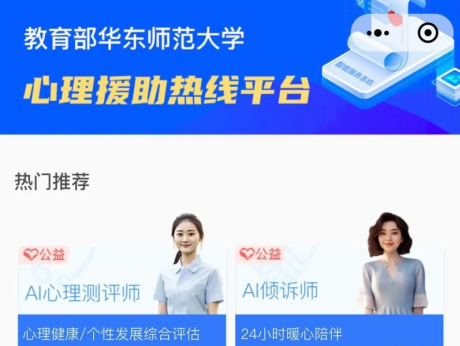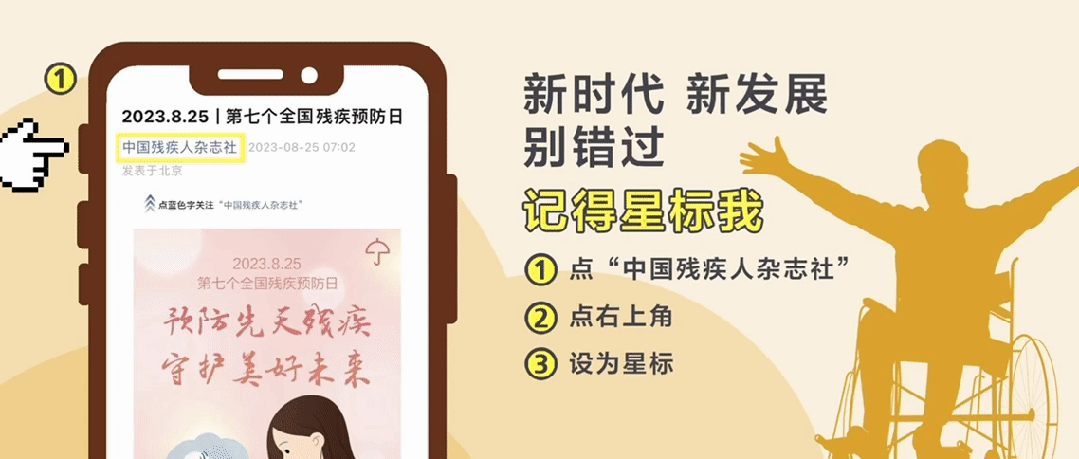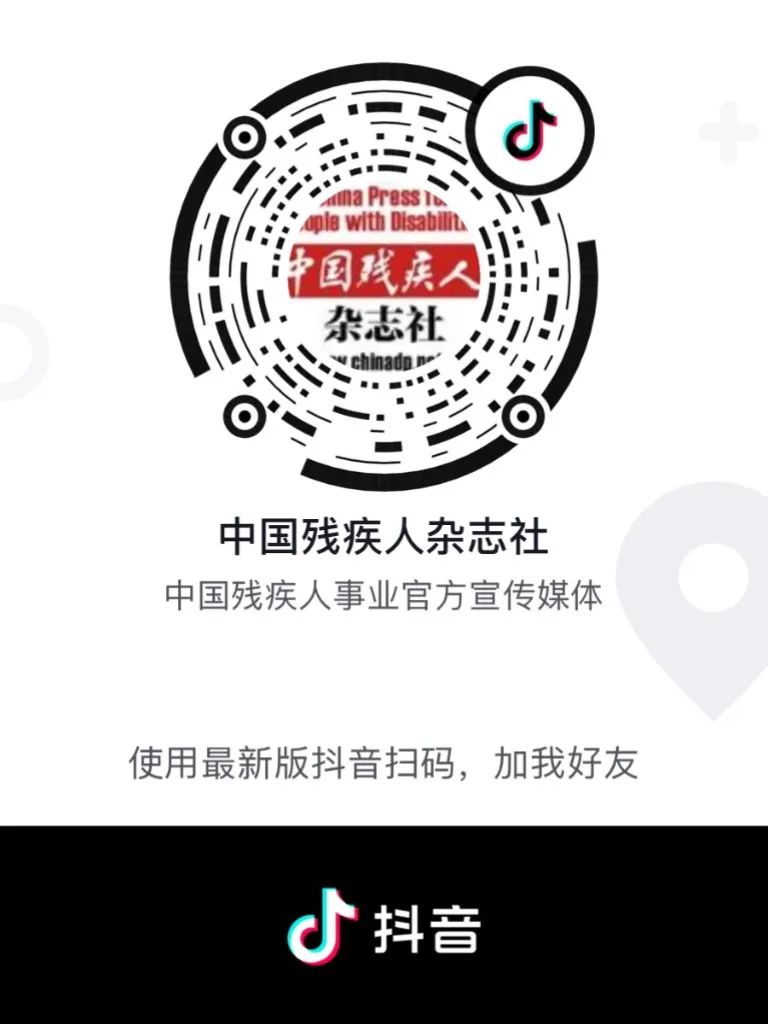The 2022 World Mental Health Report shows
that nearly 1 billion people globally
suffer from varying degrees of mental disorders.
According to data from the National Health Commission
by the end of 2021
there were 6.6 million registered patients with severe mental disorders in China.
In contrast,
there are only 64,000 psychiatrists in our country,
which accounts for just 1.49% of the total number of physicians.
Services for mental disorders are severely inadequate globally.
The contradiction between the huge demand for patients and the limited capacity for consultations is becoming increasingly prominent.
Why are AI psychological service robots useful?
The use of AI chatbots
can significantly enhance people’s self-referral rates.
The convenience of AI chatbots is their main advantage.
Since there is no real person involved,
seekers feel less stigma and judgment
and have a clearer self-awareness of their current situation.
AI robots do not experience “emotional fluctuations”
that can lead to tense doctor-patient relationships.
Through standardized assessment processes,
they can develop psychological intervention programs for patients
and implement educational outreach.
The AI Psychological Service Robot Product
“Beixiao Liu” was developed under the guidance of
Academician Lu Lin, President of the Sixth Hospital of Peking University,
by a team led by Huang Xuebing, Director of the Clinical Psychology Center.
In October 2022,
the “Beixiao Liu” AI psychological service robot was officially put into use.
Clinical randomized controlled trials have shown
that “Beixiao Liu” can significantly improve depression and anxiety issues
with intervention effects better than those of novice therapists.
“Beixiao Liu” has served approximately 10,000 patients in the hospital.
AI Listener EmoGPT

Image Source | East China Normal University
On June 30, 2023,
the Shanghai Key Laboratory of Mental Health and Crisis Intervention,
built by the School of Psychology and Cognitive Science at East China Normal University,
jointly launched a brand new innovative product
called “AI Listener EmoGPT.”
This is a human-computer interaction mental health consultation platform
that allows for open conversation without face-to-face meetings through AI technology.
AI Identifies Individuals at Risk of Suicide
The “Tree Hole Action Rescue Team” public welfare organization
is conducting a continuous high-tech rescue project using AI technology.
This technology patrols various social media platforms (such as Weibo)
and uses its core knowledge graph technology (also known as semantic technology)
to identify high-risk individuals with suicidal tendencies.
It then organizes personnel to implement rescue efforts
to find the friends and family of those at risk
to provide warningsand take corresponding rescue actions.
Over the past five years, it has prevented more than 6,000 suicide attempts
and saved the lives of at least 3,000 individuals.
AI Psychological Service Robots Still Need to “Evolve”
While AI psychological services have obvious advantages,
their shortcomings cannot be ignored.
Robots are rational but lack emotional warmth,
and cannot provide “warm” services.
At this stage, perhaps the robot can only serve as an assistant to doctors
to make services more human-centered.
This would allow for a complementary advantage between doctors and smart products.
Compared to AI products in other fields,
medical AI products are closely related to health and life,
and also involve personal sensitive privacy,
which poses higher risks.
Therefore, preventive measures are crucial.
In the future,
clinical psychology researchers may propose more concise and effective treatment models,
algorithm engineers may iterate out better AI algorithms,
and software engineers may develop more user-friendly and easy-to-operate software.
However, all of this should be based on the premise of “people-oriented,”
to uphold the ethical red line in mental health services.
People are the goal, not the means,
and certainly not just numbers in papers or data reports.
(The content discussed in this article is derived from publicly published materials. Readers involved in specific operations or decisions should consult professionals and proceed with caution. The publisher assumes no responsibility for any direct or indirect losses incurred.)
References | China Youth Daily, Yangcheng Evening News, Zhejiang Online, The Paper, Guangming Online
Written by | Huang Ting
Edited by | Zhang Shuai
★ Please indicate the source when reprinting.



Video Account


Douyin
(Scan with Douyin)